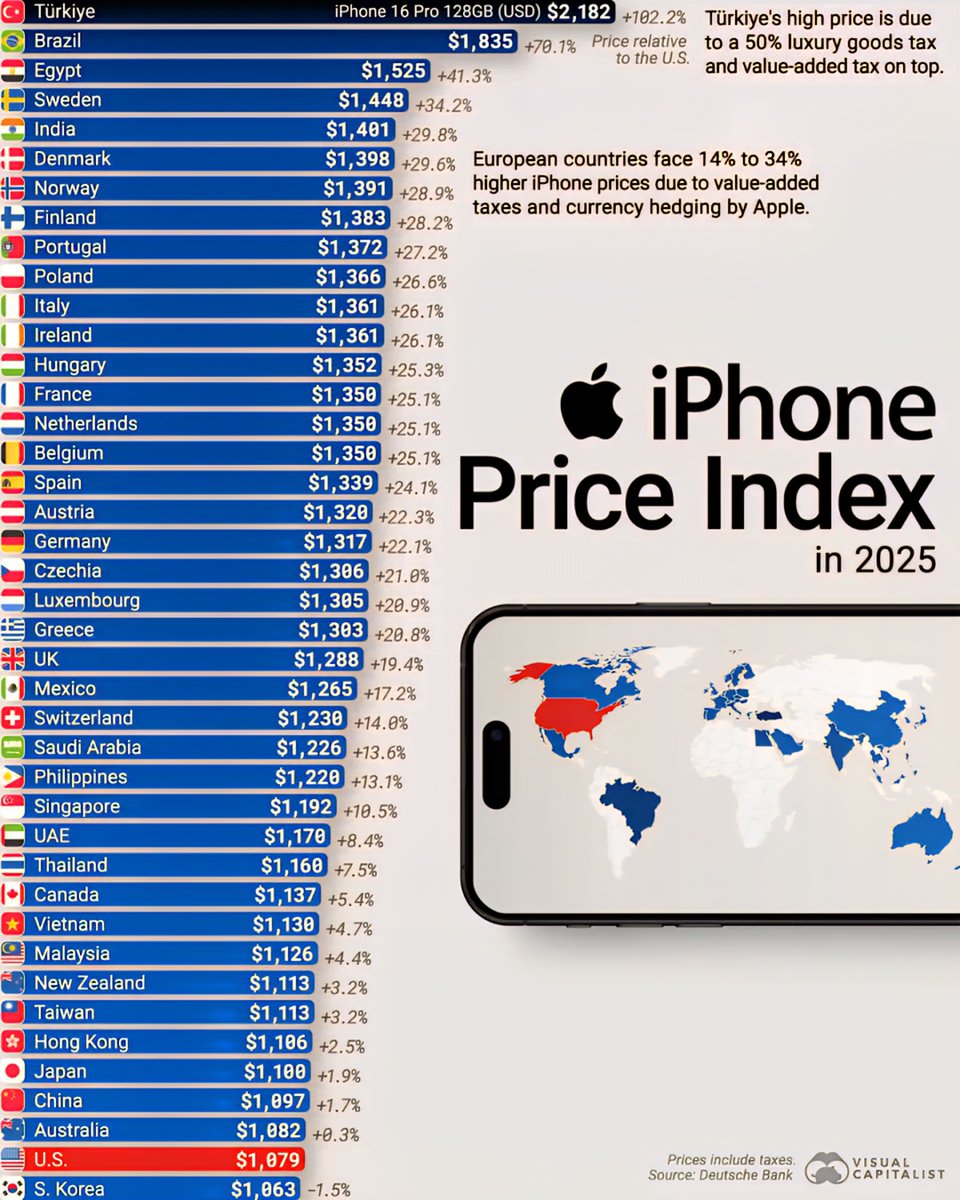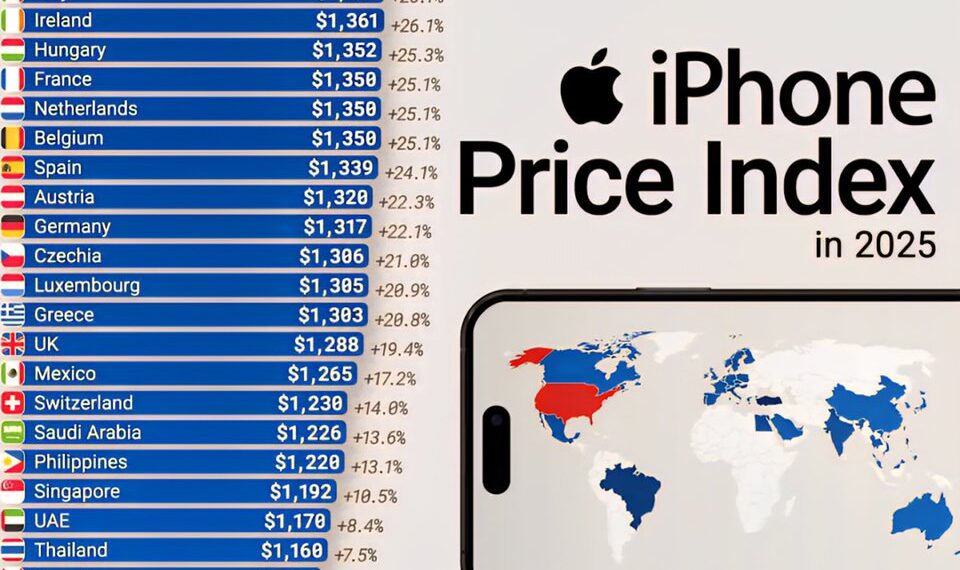Select Language:
1. iPhone Prices Reach New Highs in 2025
The year 2025 has marked a significant shift in the pricing landscape of Apple’s flagship devices. The latest iPhone models have seen a considerable increase in price, reflecting changes in supply chain dynamics, inflation, and added technological features. Consumers are now paying a premium for the newest releases, with some models exceeding $1,500. This trend signals Apple’s unwavering commitment to innovation but also raises questions about affordability for the average user.
2. The Launch of the iPhone 15 and Its Impact on Market Prices
Apple introduced the iPhone 15 early in 2025, boasting groundbreaking features such as enhanced AI capabilities, improved camera systems, and sustainability-focused designs. These advancements, however, came with a hefty price tag, with retail prices starting at $999 for the base model and climbing to over $1,500 for the Pro Max variant in certain regions. The launch has set a new benchmark for premium smartphone pricing in the United States, prompting comparisons with luxury goods.
3. Currency Fluctuations and Regional Price Differences
Prices for the latest iPhones vary significantly across different markets due to fluctuating exchange rates and import taxes. For instance, in Europe and parts of Asia, prices can be up to 20% higher than in the U.S., making the latest devices less accessible for some consumers. Apple’s strategy of adjusting prices regionally has led to a fragmented pricing landscape, influencing purchasing decisions worldwide and prompting consumers to consider purchasing from regions with more favorable prices.
4. The Cost of Innovation: What’s Included in the Price?
The rising costs are partly attributed to Apple’s endeavor to pack more innovative features into each device. The iPhone 15 series includes advanced camera systems, faster processors, and increased battery longevity. Moreover, eco-friendly manufacturing materials and upgrades in the durability of the devices are also reflected in the price. Consumers are paying a premium not just for a phone but for cutting-edge technology that aims to future-proof their devices.
5. Apple’s Subscription Services Bolstering Revenue Despite High Device Prices
Despite the soaring hardware prices, Apple continues to expand its ecosystem of subscription services, including Apple Music, iCloud, and Apple Arcade. These services contribute significantly to Apple’s revenue stream, offsetting potential declines caused by high device prices. The company’s strategy suggests a shift toward recurring revenue models, encouraging consumers to stay locked into the Apple ecosystem long-term.
6. Impact on Consumers and Market Trends
Higher iPhone prices are creating ripples across consumer behavior and market trends. Many users are holding onto their older devices longer, delaying upgrades due to price concerns. Others are opting for trade-in programs or purchasing refurbished models to mitigate costs. Additionally, the premium pricing has sparked increased competition from other smartphone brands that focus on affordability, offering compelling features at lower prices.
7. Are Higher Prices Justified? Consumer Perspectives in 2025
Market analysts and consumers remain divided on whether the increased cost of iPhones is justified. Proponents argue that technological leaps and better durability warrant higher prices, especially given the devices’ lifespan and resale value. Conversely, critics believe that price hikes may alienate a segment of loyal customers, leading to potential shifts in brand loyalty and market share.
8. Future Outlook for iPhone Pricing
Industry experts predict that iPhone prices will stabilize or even decrease slightly in the next year as competition intensifies and consumer demand shifts. Apple might also introduce more budget-friendly options or installment plans to make their devices more accessible. Additionally, advancements in manufacturing and supply chain efficiencies could help control costs, impacting future retail prices.

In conclusion, 2025 has been a pivotal year for the iPhone’s pricing strategy, reflecting technological innovations, economic factors, and shifting consumer behaviors. While high prices underscore the device’s premium status, they also challenge Apple to balance innovation with accessibility, shaping the smartphone market’s trajectory in the years ahead.







